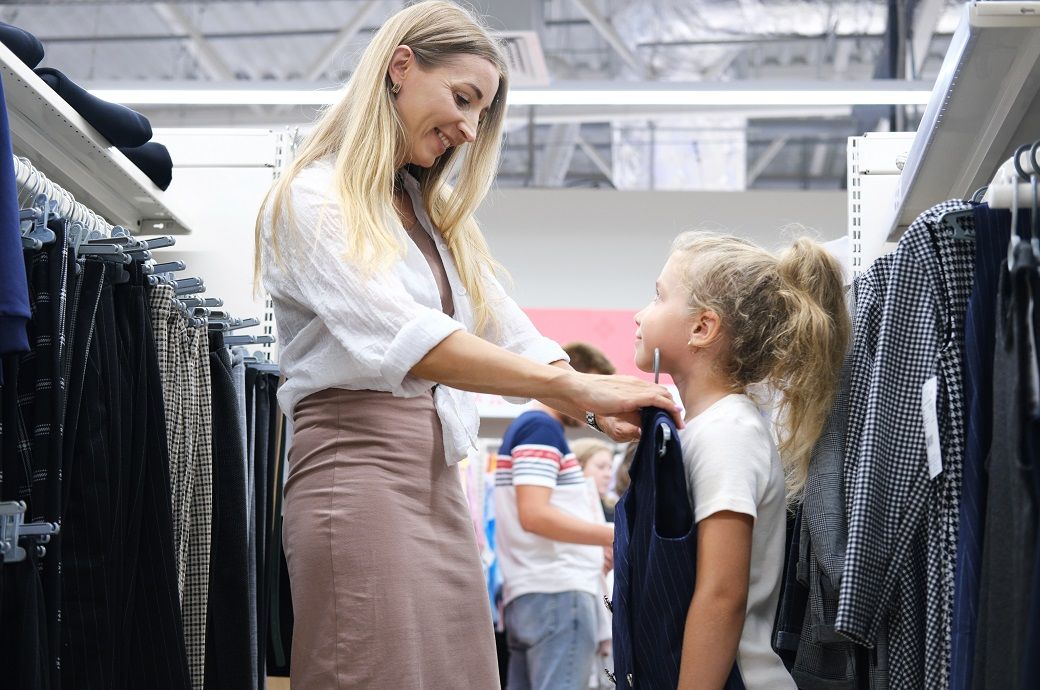
Clothing and footwear remain a key priority for parents. Sixteen per cent of back-to-school shoppers plan to spend over $500 on these items, while 29 per cent expect to spend between $251–500, and 27 per cent between $101–250. Only 17 per cent expect to spend less than $50, showing that most families are prepared to invest in new apparel for the school year, Pwc said in its report.
Yet not all shoppers are spending freely. Among those cutting back, clothing is one of the top categories being reduced, with 40 per cent choosing to limit apparel purchases. Still, essential buying in this category appears relatively shielded compared to discretionary goods.
As parents look to save, many are prioritising early shopping and discounts, with value-conscious habits such as reusing items also gaining traction. Income level plays a key role in shopping behaviour—households earning below $75,000 annually are more likely to shop in-store, while higher-income families show a greater preference for online shopping.
Notably, Gen Z parents are showing a strong preference for brick-and-mortar experiences, defying assumptions about their digital-first nature. This renewed interest in physical retail could shape merchandising and in-store promotions as retailers target this influential demographic, the report noted.
While tariffs and shipping disruptions from China have created inventory concerns, many retailers are expected to recover in time for peak season. Those who manage supply chains efficiently and communicate value effectively stand to gain in a market where consumers continue to invest in clothing and shoes, despite broader inflationary concerns, added the report.
ALCHEMPro News Desk (SG)
Receive daily prices and market insights straight to your inbox. Subscribe to AlchemPro Weekly!